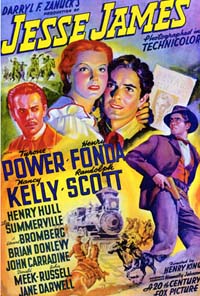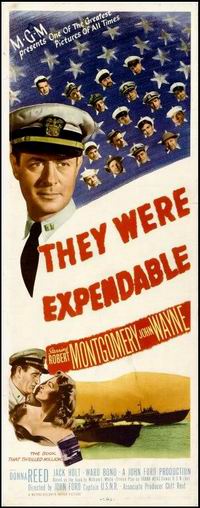 The Ultimate Gift (2007)
The Ultimate Gift (2007)
3 out of 5 stars
I added this DVD to my Netflix Queue back in late July. Terry and I found nothing worthy of watching on DirecTV (live or via DVR) last night so I slipped in this DVD for a Sunday evening viewing.
I thought of giving this movie higher marks, because it succeeded in making me care about Emily, Alexia and even Jason. But it failed on its message. I applaud and approve of the Twelve Gifts, but found at least two vital ones missing and a third implied one that galled me.
Death underlay the entire plot, starting with the death of Red Stevens, followed by the knowledge that his son died when Jason (his grandson) was about seven or eight. Emily is dying and we meet her at Red’s funeral, although no explanation is given why an unrelated little girl with a pink umbrella is attending the funeral of one of the wealthiest men in America. Security must have been preoccupied by a Westboro protest. With all this death, the Gift of Life should have been an obvious addition to the list.
In the midst of Jason’s Gift of Learning month, he seeks his father’s plane crash site in the Central American jungle, despite warnings of lethal drug lord patrols and occupation. Predictably, Jason and his reluctant guide are kidnapped and held captive, presumably for ransom, with a threat of execution if the money is too long in arriving. In a cruel twist, the captors remove the prisoners from their cells for Christmas Day and invite them to join in their drunken celebrations. Afterwards, they are returned to their cells with the gift of knowing they will die the next day. Again, death looms, but the Gift of Freedom seems most precious when it is taken from you.
But what disappointed me most about the entire message boiled down to Jason receiving his reward in a textbook happy ending. Yes, he learned his lesson(s). I just don’t agree that any earthly reward should be expected. My BFF died for me, and may/would have gone to Hell for me. I should strive to do no less than Him. That doesn’t mean I will succeed, and I am most assuredly doomed to failure, but I need no material motivation to do what is good and true and right.
Despite the film’s shortcomings, the acting by the main players was above par. Especially, Abigail Breslin, whom I recognized from Signs fame. Drew Fuller sported the worst haircut or hairstyle of any supposedly rich brat I’ve ever seen in a movie, but his performance overcame that handicap and then some. I enjoyed seeing Brian Dennehy and James Garner as well.
A family friendly film that you’ll need a Kleenex or two for (unless you’re completely oblivious to children dying of leukemia).










